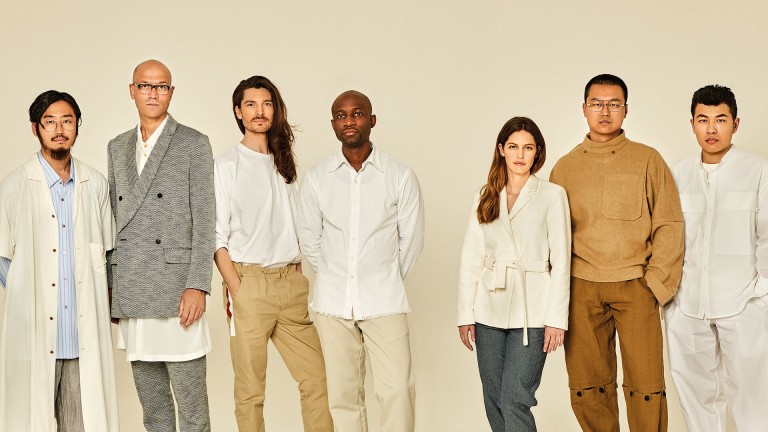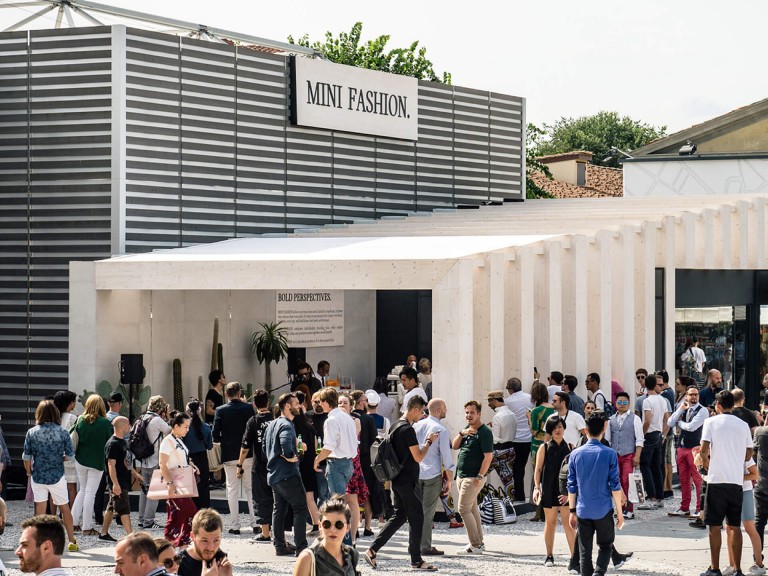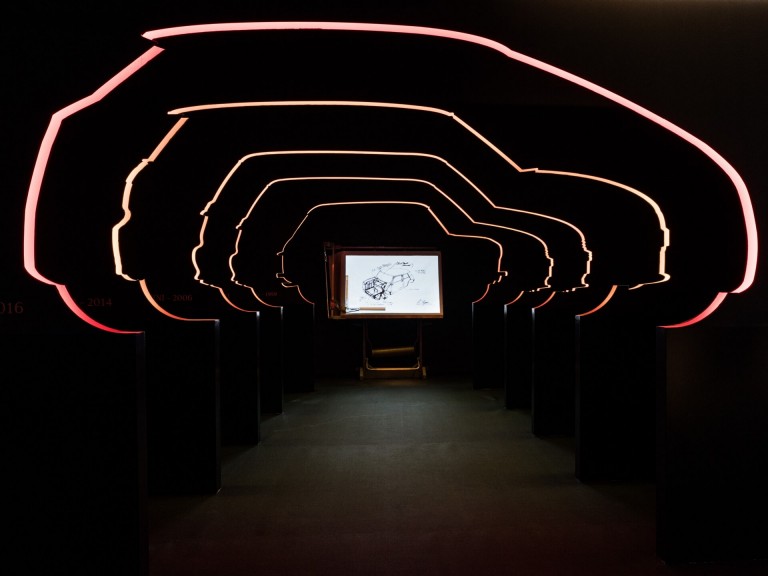Our tool for managing your permission to our use of cookies is temporarily offline. Therefore some functionality is missing.
Salone del Mobile Event 2017

A DIFFERENT WAY OF LIVING. LIVE ON A SMALL FOOTPRINT.
SO – IL's architecture for the urban future.
An interview with MINI LIVING collaborator Ilias Papageorgiou of SO – IL for Salone del Mobile 2017.
Formed in 2008, the Brooklyn based architectural design firm has since developed a reputation for forward-thinking work with a conceptual slant and a particular concern for the real-world consequences and environmental impact of architecture. Ilias Papageorgiou has been with the group since the beginning and became a partner in 2013. As the installation gets underway, Papageorgiou sits down with MINI to talk about immersive living, environmental awareness, and how to move away from last century's spatial concepts.
MINI is all about solutions for urban living. As a city dweller yourself, what do you like about urban life?
I've always lived in cities. I currently live in Brooklyn, New York and I grew up in Athens. My whole life has been in urban centers. I like the variety of conditions and opportunities you find in cities—the richness.
When we think of the challenges facing cities today, overcrowding is one of the most serious. In the past, the solution to this has been to build up, like a tower block, or to spread out into the suburbs. Are these ideas still useful? And if not, is there another way?
THIS SPREAD-OUT URBANISM DOESN'T WORK AS THE POPULATION INCREASES
I think some of these ideas were related to a more stable style of living, which may not be today's reality. People move more, so there's been a need to rethink some of these models. I do think that the suburban model is obviously not valid in terms of occupation of our planet. This spread-out urbanism doesn't work as the population increases.
You've said that 'it's impossible to care for our planet if we don't experience it'. How does your installation for MINI LIVING – 'Breathe' help us do this?
On the one hand, it does this by increasing our awareness of our resources—air, light and water. The installation is covered in a fabric that purifies the air, so we become aware of the problems with air quality that our cities are facing, which again is a result of the increased density of cities. There's also a filter that collects water from the roof and stores it for the use of the inhabitants. And finally, it plays with light, as layers of light are filtered in different ways and create different degrees of transparency and translucency. This, in turn, plays with how the installation is inhabited. You're always aware of the other people or objects that are in the structure, so there's always this idea of connection.

When we think of sustainable living, we usually imagine having to make some kind of sacrifice. Do we have to downgrade our quality of life to live on a small footprint?
Not necessarily, I think it might be just a different type of living.Five years ago, SO – IL's Jing Liu spoke of wanting to create a 'communal living space' in the heart of the city, but that urban regulations and privatisation made this difficult, if not impossible.
Has this collaboration with MINI LIVING brought the idea of a sustainable communal space closer to reality?
In all of our projects, I think the idea of relationships, either between people or between people and their environments, has been important. And that's definitely something we're trying to bring forth in this installation for MINI LIVING. We use projects like this as a platform for research into new ideas that feed into our work as architects. So even as we grow as a company, we still find it exciting to participate in projects like this one for Salone del Mobile, because, while they're small, they can have a large impact.
WE USE PROJECTS LIKE THIS AS A PLATFORM FOR RESEARCH INTO NEW IDEAS















































































